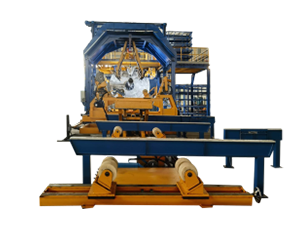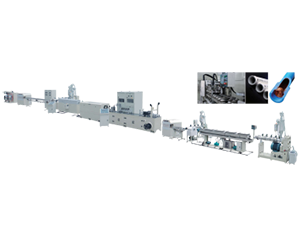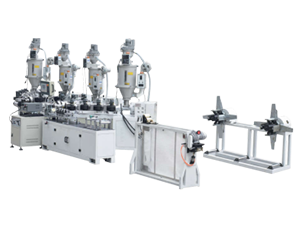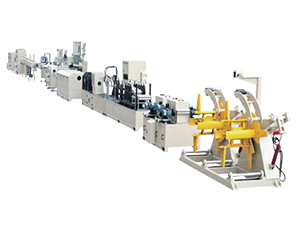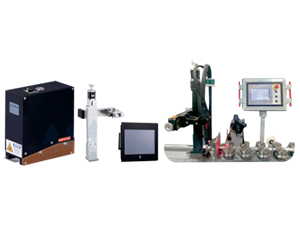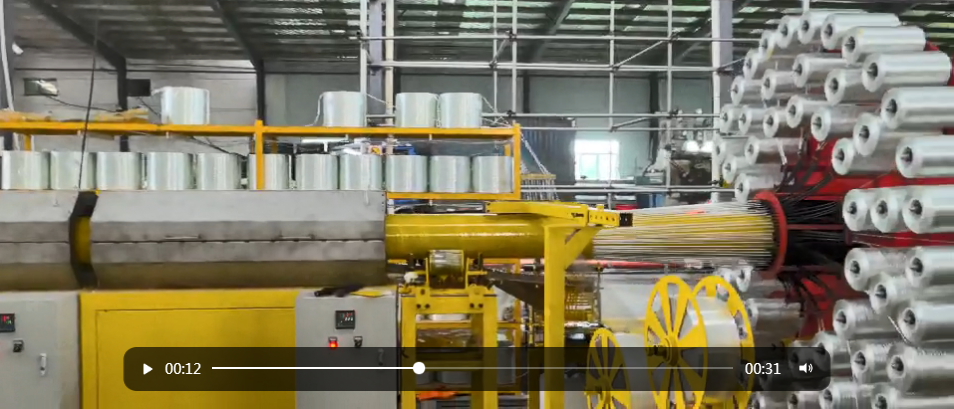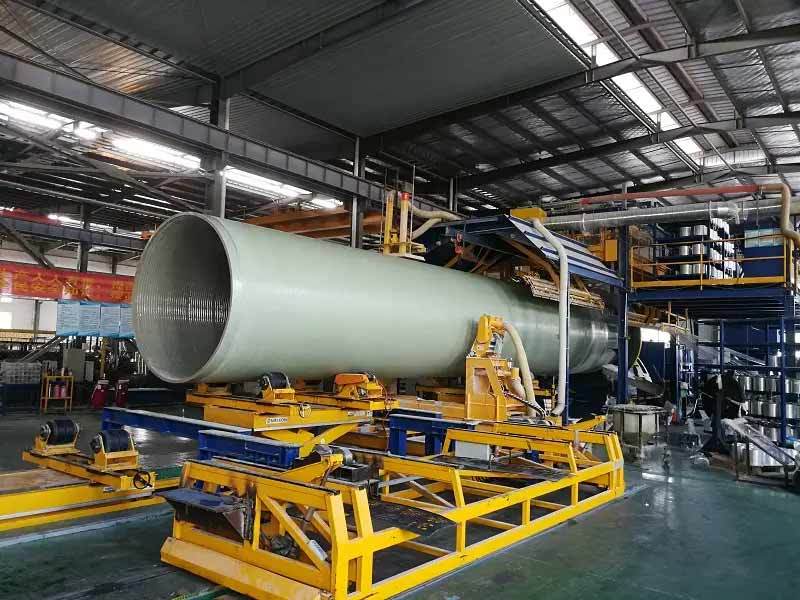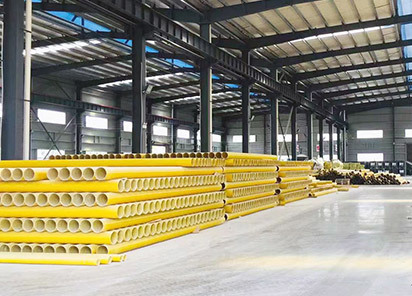Optimizing Your Pipes Production Line for Maximum Efficiency
Jul 22,2025

---
In the realm of industrial manufacturing, the Pipes Production Line plays a crucial role in the creation and processing of various pipe types used across multiple sectors, including construction, plumbing, and chemical processing. Understanding the intricacies of this production line can lead to significant improvements in operational efficiency and product quality.
**Understanding the Production Line Components**
A typical Pipes Production Line encompasses several key components: raw material handling systems, forming machines, welding equipment, and finishing units. Each component must operate harmoniously to ensure a seamless flow of production. For instance, the raw material handling system is responsible for transporting and preparing the raw materials, such as steel or plastic, before they enter the forming machines. Here, the materials are shaped into pipes using techniques like extrusion or rolling, depending on the desired specifications.
**Automation and Technology Integration**
In today’s competitive landscape, integrating automation into the Pipes Production Line can dramatically enhance productivity. Automation technologies such as robotics and artificial intelligence can handle repetitive tasks, reducing labor costs and minimizing human error. Additionally, implementing Industry 4.0 principles, including IoT sensors and data analytics, allows for real-time monitoring of production processes. This enables manufacturers to identify bottlenecks and inefficiencies quickly, allowing for immediate corrective actions.
**Quality Control Measures**
Quality control is another critical aspect of an efficient Pipes Production Line. To ensure that the products meet industry standards and client specifications, manufacturers should implement rigorous testing procedures at various stages of production. Non-destructive testing methods, such as ultrasonic or X-ray inspection, can detect internal defects without damaging the pipes. Regular maintenance of production equipment is also essential to minimize downtime and maintain product integrity.
**Streamlining Operations**
To enhance the overall efficiency of the Pipes Production Line, manufacturers should consider lean manufacturing principles. This involves analyzing every step of the production process to eliminate waste and optimize resource utilization. Techniques such as value stream mapping can help identify areas for improvement, whether in material flow, inventory management, or workforce allocation.
**Sustainability Practices**
As environmental considerations become increasingly important, integrating sustainability practices into the Pipes Production Line can provide both operational and marketing advantages. Utilizing recycled materials when possible and implementing energy-efficient machinery can reduce the overall carbon footprint of the production process. Additionally, focusing on waste reduction strategies can lead to cost savings and a more positive public image.
In conclusion, optimizing your Pipes Production Line involves a multifaceted approach that incorporates advanced technology, quality control measures, and sustainable practices. By focusing on these areas, manufacturers can achieve significant improvements in efficiency and product quality, ultimately leading to greater competitiveness in the market.
In the realm of industrial manufacturing, the Pipes Production Line plays a crucial role in the creation and processing of various pipe types used across multiple sectors, including construction, plumbing, and chemical processing. Understanding the intricacies of this production line can lead to significant improvements in operational efficiency and product quality.
**Understanding the Production Line Components**
A typical Pipes Production Line encompasses several key components: raw material handling systems, forming machines, welding equipment, and finishing units. Each component must operate harmoniously to ensure a seamless flow of production. For instance, the raw material handling system is responsible for transporting and preparing the raw materials, such as steel or plastic, before they enter the forming machines. Here, the materials are shaped into pipes using techniques like extrusion or rolling, depending on the desired specifications.
**Automation and Technology Integration**
In today’s competitive landscape, integrating automation into the Pipes Production Line can dramatically enhance productivity. Automation technologies such as robotics and artificial intelligence can handle repetitive tasks, reducing labor costs and minimizing human error. Additionally, implementing Industry 4.0 principles, including IoT sensors and data analytics, allows for real-time monitoring of production processes. This enables manufacturers to identify bottlenecks and inefficiencies quickly, allowing for immediate corrective actions.
**Quality Control Measures**
Quality control is another critical aspect of an efficient Pipes Production Line. To ensure that the products meet industry standards and client specifications, manufacturers should implement rigorous testing procedures at various stages of production. Non-destructive testing methods, such as ultrasonic or X-ray inspection, can detect internal defects without damaging the pipes. Regular maintenance of production equipment is also essential to minimize downtime and maintain product integrity.
**Streamlining Operations**
To enhance the overall efficiency of the Pipes Production Line, manufacturers should consider lean manufacturing principles. This involves analyzing every step of the production process to eliminate waste and optimize resource utilization. Techniques such as value stream mapping can help identify areas for improvement, whether in material flow, inventory management, or workforce allocation.
**Sustainability Practices**
As environmental considerations become increasingly important, integrating sustainability practices into the Pipes Production Line can provide both operational and marketing advantages. Utilizing recycled materials when possible and implementing energy-efficient machinery can reduce the overall carbon footprint of the production process. Additionally, focusing on waste reduction strategies can lead to cost savings and a more positive public image.
In conclusion, optimizing your Pipes Production Line involves a multifaceted approach that incorporates advanced technology, quality control measures, and sustainable practices. By focusing on these areas, manufacturers can achieve significant improvements in efficiency and product quality, ultimately leading to greater competitiveness in the market.
Contact Us
E-mail:
Phone/Wechat/WhatsApp
Address:
A2-1408, Kaichuang Avenue to Tai Plaza, Huangpu District, Guangzhou City, Guangdong Province


